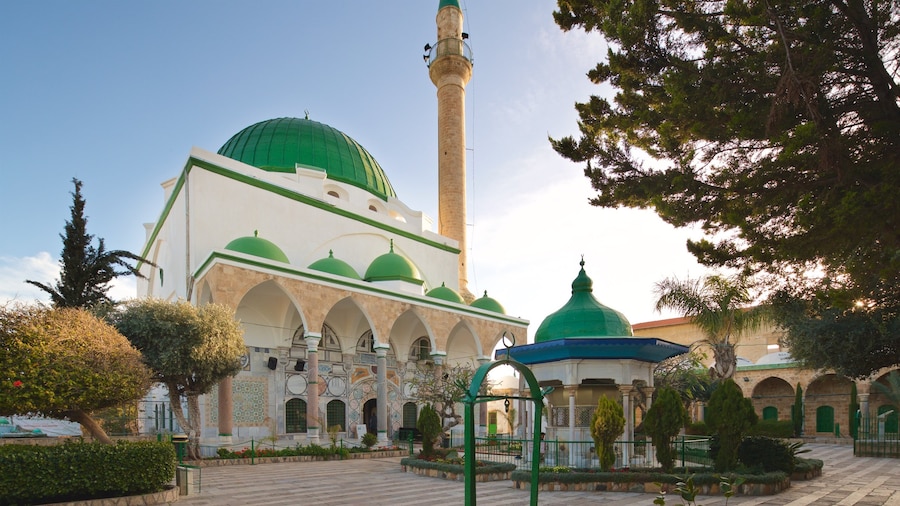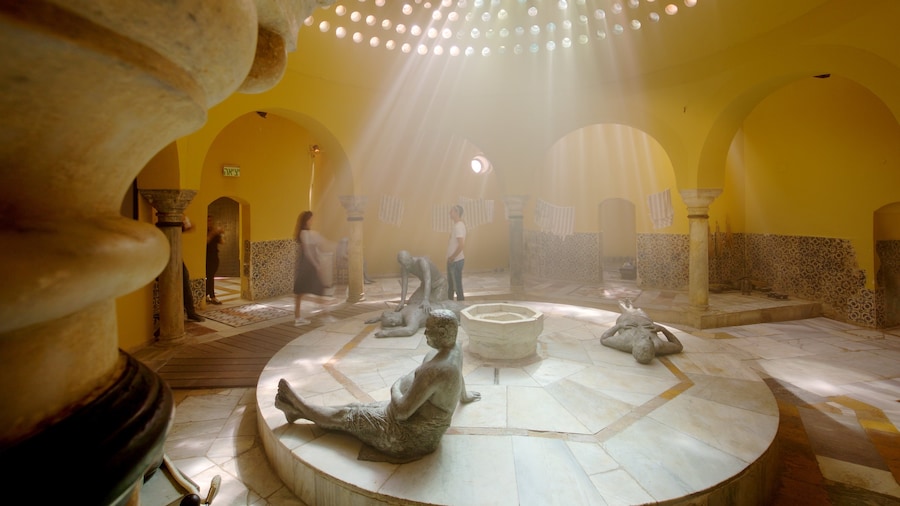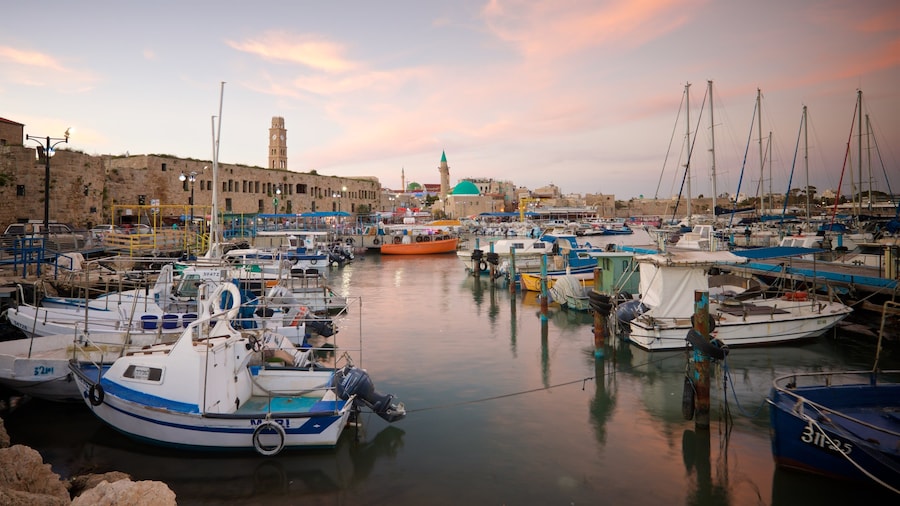This fortress played a key role in Acre’s history and was used as a prison by Ottomans and British. The clinking of chains reminds you of its past.
Built on the vestiges of a Crusader fortress, the Citadel of Acre dominates the northern part of Acre Old City. Today, the 18th-century structure contains the Underground Prisoners Museum, which tells the story of Jewish fighters imprisoned and executed on this site by the British. Take photos of the stone colonnades, turrets and courtyard that make up this imposing stronghold.
Tour the citadel, passing through the Hall of Pillars, the Prison Courtyard and the Central Courtyard. Admire the wide cylindrical columns in the Northern Hall, where large windows offer excellent views of the Old City district. On the eastern side of the citadel is a pleasant garden with large trees and a fountain.
Learn about the citadel’s interesting history, involving the Crusaders, the Ottomans and even Napoleon and his forces. In the early 1900s, the British converted the fortress into Israel’s largest prison, where Jewish activists were held and executed. A 1947 escape mission was accomplished by Jewish freedom fighters who broke through the dining hall to free their friends.
After Israel took hold of the city during the Independence War of 1948, it was made into a museum honoring the Jews imprisoned and killed here. Inspect the collection of black-and-white photos and files that document the prison and the British Mandate era in Acre.
Find out about the conditions for prisoners, who are depicted through life-sized statues. Listen to the sound of clinking chains in the background. Among the well-known prisoners were Revisionist Zionist leader Ze’ev Jabotinsky and the eight underground fighters sentenced to death by hanging.
The museum charges a fee for admission, with discounts available for children. Visit during open hours Sunday through Thursday from morning until late afternoon.
The Citadel of Acre occupies the northern end of the walled historic center of the city. Buses transport passengers to a nearby stop beside the city walls. Consider driving and leaving your car in the museum’s parking lot. Visit neighboring sights, including the Hamam al-Basha Turkish Bath, the He-Hafir Garden and the Al-Jazzar Mosque.







